From pristine lakes to magnificent rivers, Washington has plenty of places to take a dip. If you’re looking to experience the restorative powers of hot springs and thermal waters, your best bet is to visit a soaking-focused property. Slip into a tub overlooking the water on Orcas Island or lounge in one of Sol Duc’s outdoor pools nestled in a forest. No matter what you choose, a visit to one of Washington’s developed hot springs is the ultimate escape.
While there are a number of natural hot springs in Washington, they can be tricky to access and are often overcrowded. So, where to soak in Washington if you’re looking to relax in a gorgeous setting and enjoy additional amenities? Head to one of these stellar options.
TenZen Springs & Cabins, Columbia River Gorge
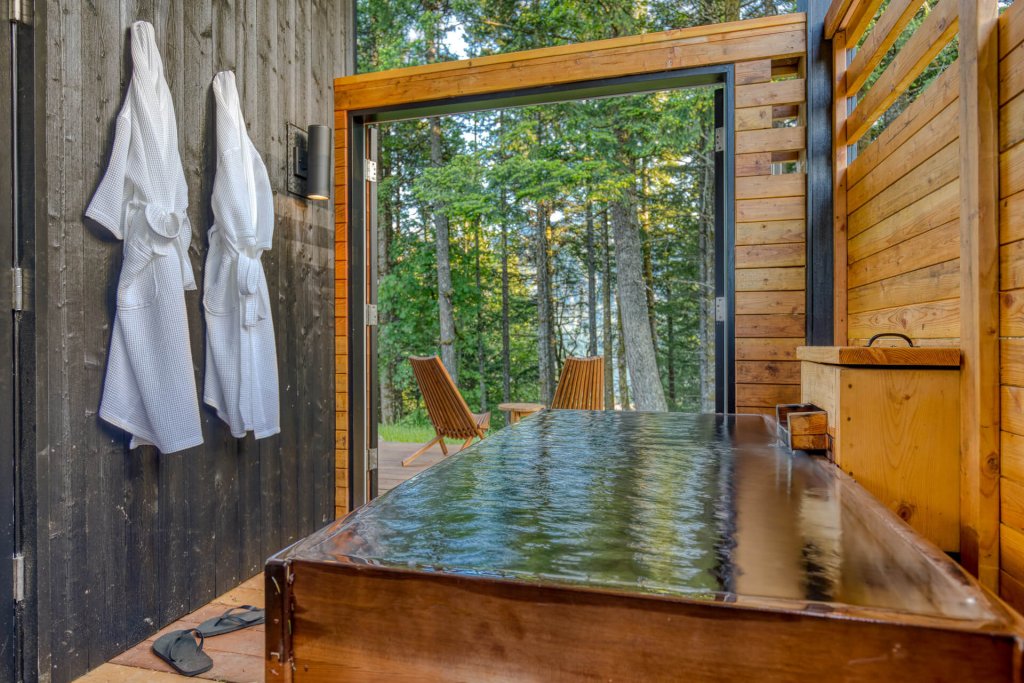
This adults-only, hilltop retreat in the Columbia River Gorge opened in June 2022 and is a great option for those seeking solitude in nature. The property’s owners made frequent soaking trips to nearby Carson Hot Springs for decades before buying their land, which has access to the geothermal waters on the Wind River. The resort is small and intimate, featuring six modern cabins perfect for relaxation.
TenZen Springs & Cabins is open year-round, making it an excellent winter hot spring destination. Cabins feature a king bed, kitchenette, and a bathroom with access to a semi-enclosed soaking room. Each private wooden two-person tub is fed by hot spring water brought up from the nearby river, and guests can adjust the temperature to their liking. Don’t forget to enjoy the private deck and outdoor shower as well.
The resort also prioritizes sustainability. Tubs are drained and cleaned after each guest’s stay, with the hot spring water going through a filtration process before being sent back to the aquifer through an injection well so it can reheat.
Carson Hot Springs, Columbia River Gorge
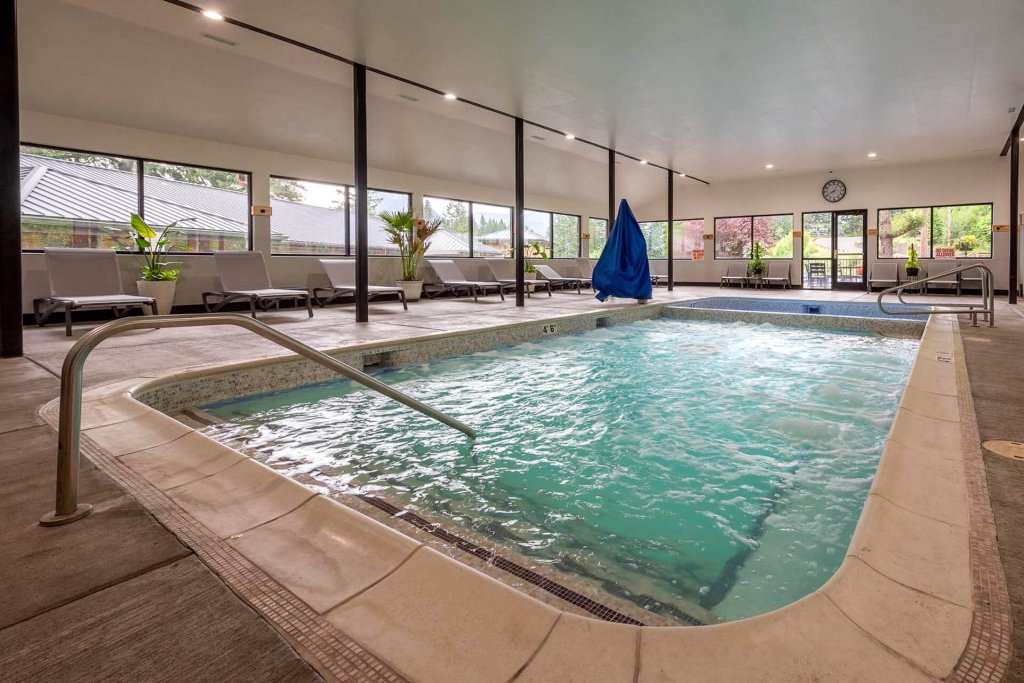
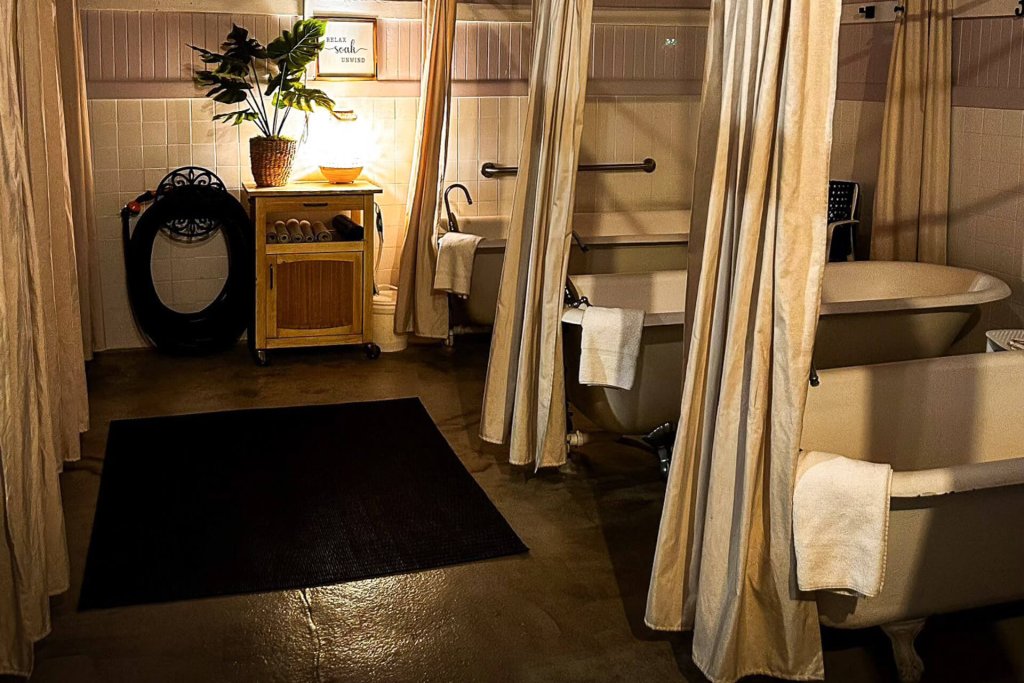

Carson Hot Springs Resort in the Columbia River Gorge is a historic property with a vintage vibe. In the 1930s bathhouse, individual clawfoot bathtubs draw geothermal water from the nearby Wind River. Visitors can adjust the water temperature in the individual tubs or opt to enjoy the larger public soaking pools. The jetted tub is similar to a hot tub experience, while a cold pool is perfect for those who want to alternate between hot and cold water.
Visitors can soak by the hour during specific times or gain access by booking overnight accommodation. Those looking for privacy while soaking should consider a room with a balcony hot tub.
Also See: Explore Southwest Washington on a Gorge to Coast Road Trip
Sol Duc Hot Springs, Olympic Peninsula

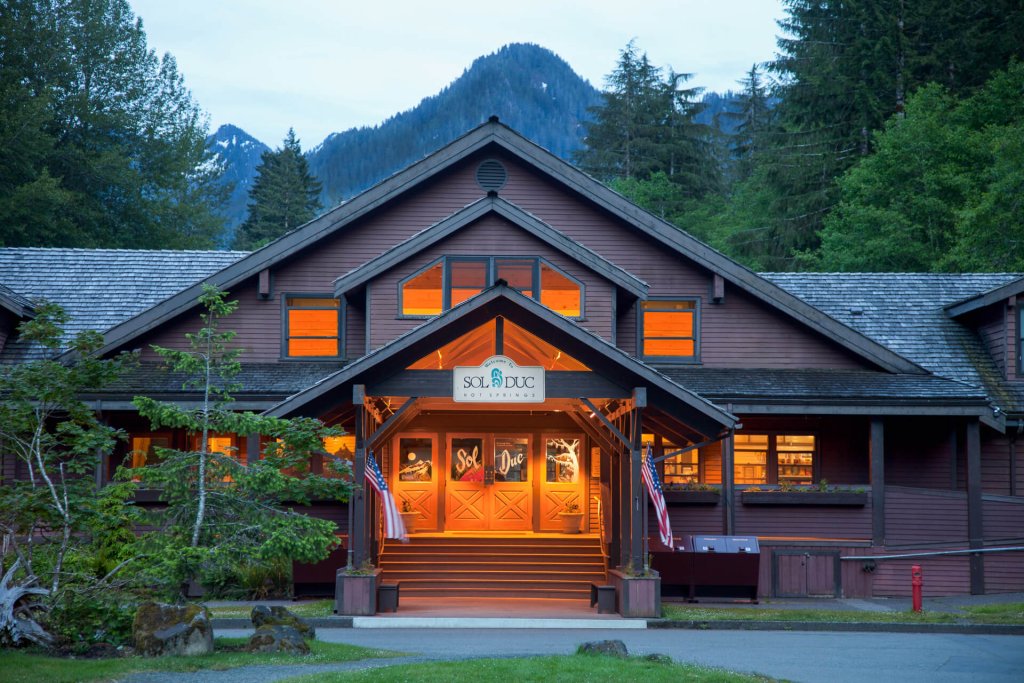
Olympic National Park is home to majestic rainforests, incredible waterfalls, and one of the most well-known hot springs in Washington. While the various outdoor pools are man-made, the water comes from snowmelt and rain that has seeped through sedimentary rocks and mingled with gasses before coming to the surface.
Visitors can gain access to the hot springs by staying at Sol Duc Hot Springs Resort or with a non-guest visitor pass. Reservations are recommended and must be made in person for a 1.5-hour session, which provides access to multiple pools with temperatures ranging from 99 to 104 degrees.
Book a suite in the lodge or a cabin for included hot springs pool access. Want to pitch a tent instead? A campground with both standard and RV sites is also available nearby. The resort is open from late March to early November.
Tip: Time your visit for a weekday or during the spring and fall for a chance to enjoy these Washington hot springs with fewer crowds.
Doe Bay Resort & Retreat, Orcas Island
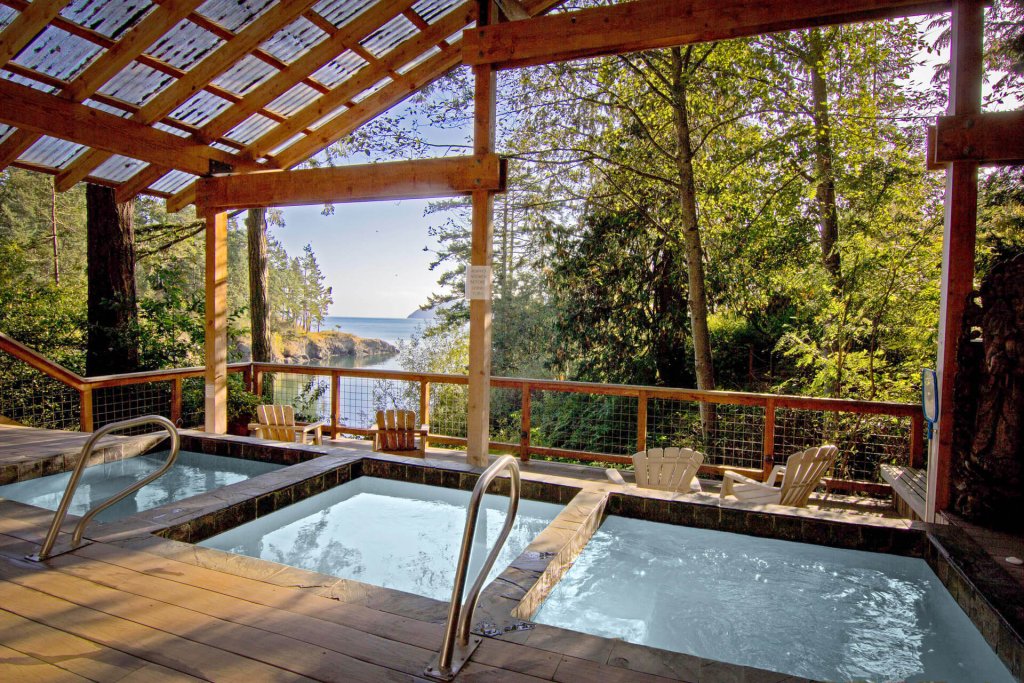
Nestled on Orcas Island in northwest Washington’s picturesque San Juan Islands, Doe Bay Resort & Retreat boasts a wellness spa complete with outdoor soaking tubs, a sauna, outdoor showers, and a creek-side deck.
While the water isn’t sourced from a geothermal spring, the saltwater pools maintain a temperature of 104 degrees, offering plenty of relaxation. Overnight reservations are required to access the spa and pools. Guests can choose to either soak during a communal timeslot or book a private spa session for an additional fee. Clothing is optional during all soaking sessions.
Choose to stay in a cabin, yurt, dome, or campsite. There is also a small store, guest community kitchen, and a farm-to-table café highlighting organic ingredients from the onsite garden.
Tip: Be sure to plan ahead, as getting to the San Juan Islands requires a ferry ride or seaplane. During the busy summer months, ferry reservations often sell out in advance. Time your trip for spring or fall for nice weather with fewer crowds, or enjoy the peace of a winter soaking escape.
Soap Lake Natural Spa & Resort, Soap Lake
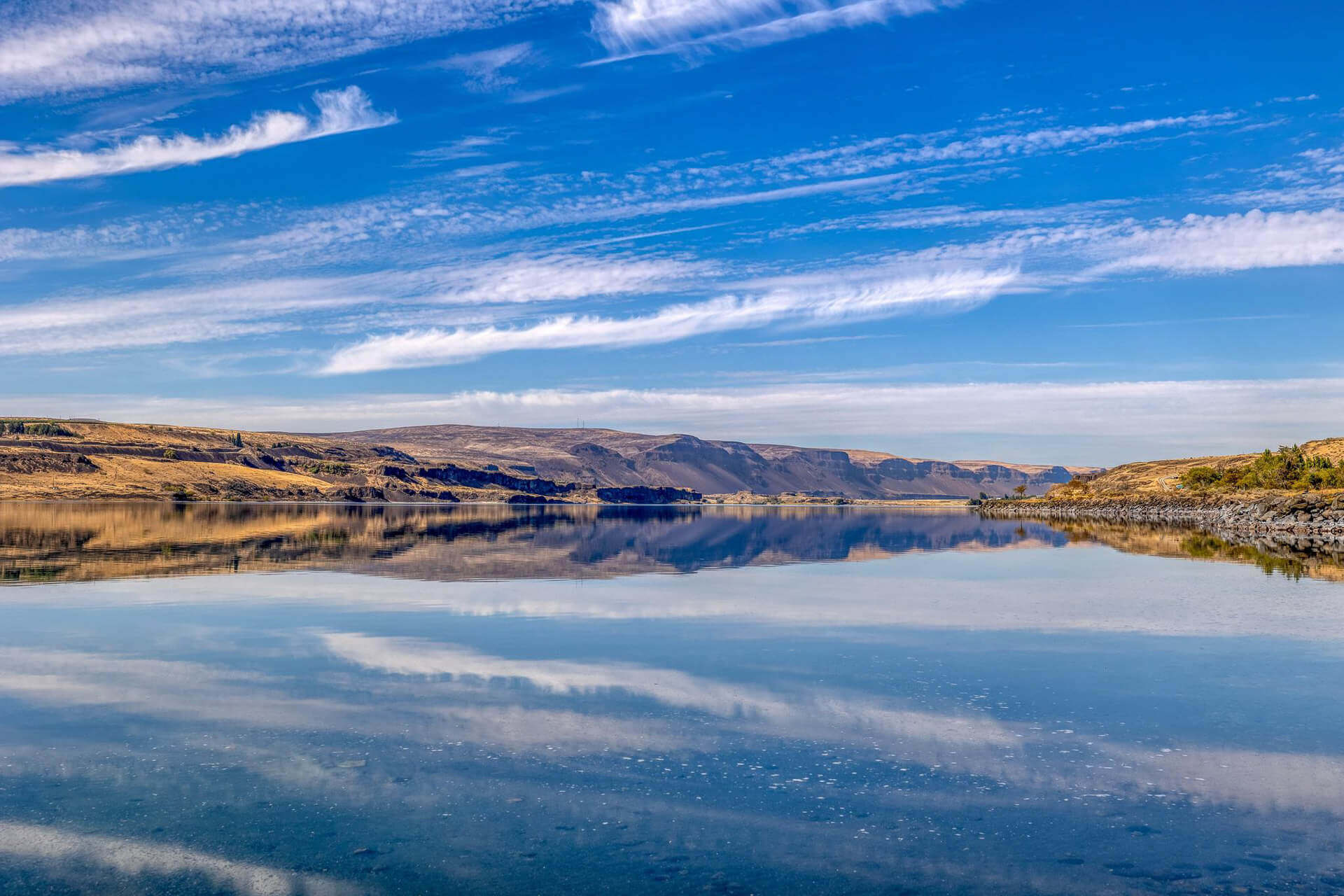
Head to Eastern Washington for the healing powers of Soap Lake. This cold-water lake formed during the Ice Age and is rich in minerals. July and August are the most popular months to visit for warmer water temperatures. However, it’s not uncommon for people to visit and take a dip from May to late October.
The best location to access the lake and its beneficial waters is Soap Lake Resort. Choose from a variety of accommodation types with either a standard bathtub or a single or double jetted tub. The water from the lake is brought to the resort, allowing you to have private access to its mineral properties in your own room. These tubs operate like a normal bathtub, with temperature control and the ability to add fresh water as well.
Prefer to go for a swim? Access the lake from the resort’s private beach. There is also a freshwater hot tub and sauna next to the beach.
Also See: Scenic Eastern Washington Road Trip
Undeveloped Hot Springs
While beautiful, Washington’s natural hot springs can be difficult to visit due to their remote locations, often requiring visitors to trek in by foot. Unmanaged hot springs like Olympic Hot Springs also run the risk of containing potentially harmful bacteria and lack basic amenities.
Despite these concerns, some of Washington’s hot springs have seen an uptick in visitation over recent years, leading to over-crowding, vandalism, and other negative impacts at locations such as Goldmyer Hot Springs (which had to implement a reservation system) and Scenic Hot Springs (located on private land). To protect Washington’s outdoor spaces for future generations, it’s recommended to visit one of the state’s excellent developed soaking properties instead.
If you do visit any undeveloped hot springs, be sure to practice leave no trace principles by packing out garbage and leaving the land as you found it. Because these are located in undeveloped areas, visitors should prepare for a visit by checking weather and road conditions, researching trail length and conditions, and letting someone know where you’re going ahead of time.
Washington Hot Springs FAQs
What are Hot Springs?
Hot springs are created when water is heated by geothermal energy. During the heating process, the water interacts with rock formations that introduce mineral properties before resurfacing through cracks or fissures. Some mineral properties are said to promote relaxation and have the potential to improve skin, circulation, and more.
What Can I Bring to the Hot Springs?
In general, it’s best to leave glass, alcohol, portable speakers, and pets at home if venturing out to visit Washington’s natural hot springs. Anything that you do bring should be taken back out when you leave.
When is the Best Time to Visit?
Many developed hot springs are open year-round (although Sol Duc closes seasonally in the winter). Visiting in fall and winter is especially cozy and magical. Please note many natural hot springs are inaccessible during this season due to road or trail conditions.
About the Author
Molly Allen is a freelance food and travel writer, hiker, and paddleboarder who has spent more than 14 years exploring the Pacific Northwest. When she’s not playing outside, you’ll find her perfecting her homemade pizza craft. Her work can be seen in Travel & Leisure, Wine Enthusiast, Business Insider, Taste of Home, and other publications.
Featured image: Sol Duc Hot Springs | Photo by Authentic Asheville
